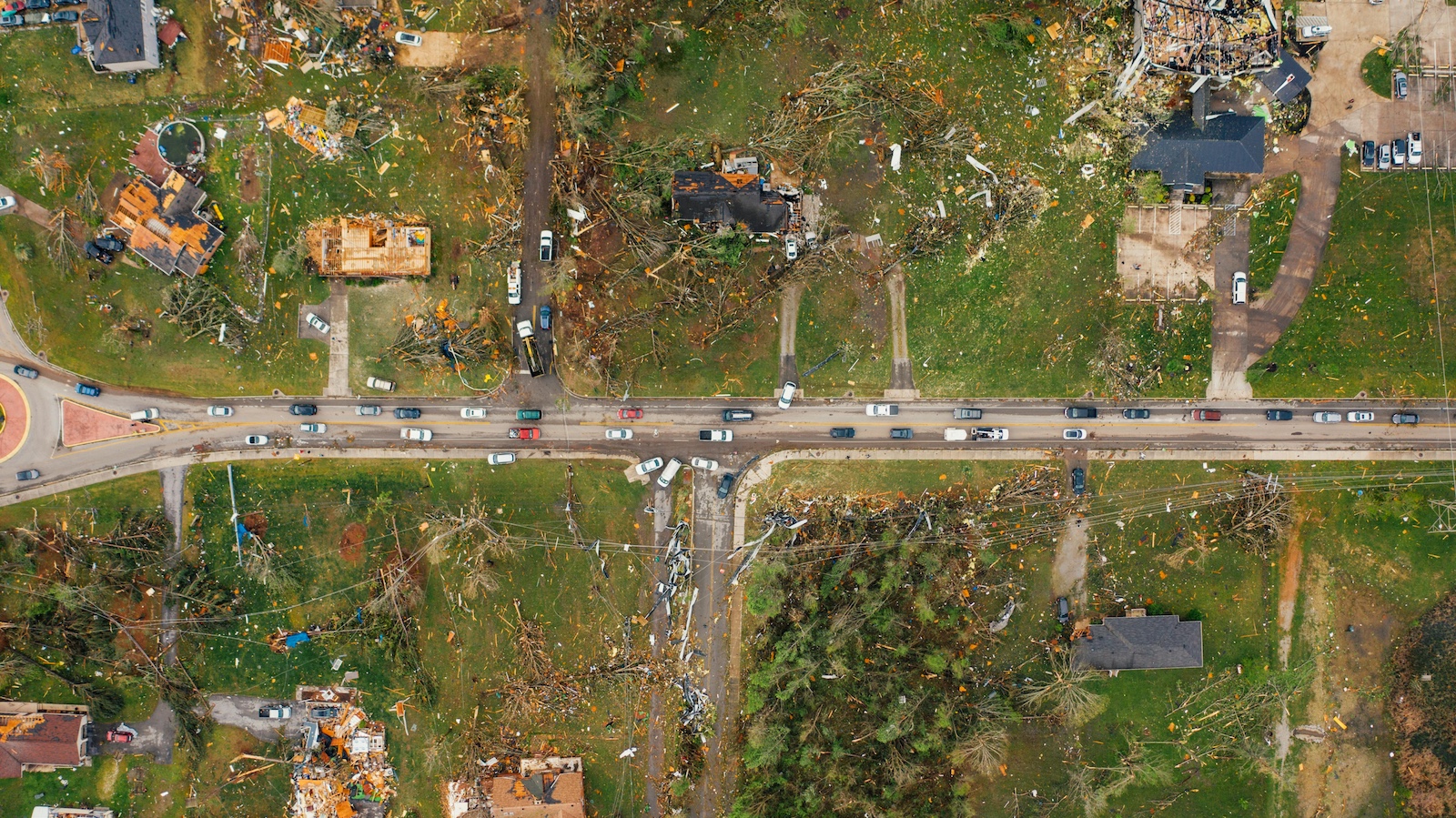Insurance sector communities have invaluable expertise and resources to address society’s climate challenges, but that experience is not fully understood or harnessed into the mainstream climate, sustainable development and finance agenda. The United Nations' 26th conference on climate change, known as COP26, is a strategic opportunity to finally and comprehensively bridge this gap.
With COP26 drawing ever nearer, the insurance industry has a gilt-edged opportunity to recapture its historic role as a key commercial shepherd of social transition and gain a seat at the main table in Glasgow.
Not since the age of industrialization has global society faced a challenge on the scale of climate change, and the insurance sector is uniquely placed to play a leading role in forging a workable solution; in fact, it is a challenge we are duty-bound to accept.
When the Paris accord was adopted by 196 nations in 2015, the annual COP meetings instantly became the focal point of global efforts to tackle climate change. While some of the signatory nations have since made progress in building economic resilience against the physical and financial impacts of climate change, the urgency to do more is escalating; the demand for risk mitigation and adaptation strategies is accelerating in parallel.
Like few others, the actuarial sciences have a track record of providing support for strategic social transition at scale; the role as an architect of the social insurance systems that have underpinned many national reconstructions is well-documented.
More modern insurance tools, such as national catastrophe modeling, also have obvious applications to the climate challenge and reinforce our industry’s unique ability to accurately price risk over the longer term.
It shouldn’t be surprising that an industry built on the mathematical and philosophical foundations of the Scottish and wider 18th century Enlightenment is now well-placed to provide assistance in the quantification of climate-related risks and the evaluation of the related choices and trade-offs.
Since the early 1990s, the insurance industry has revolutionized its mainstream assessment of climate-related risks and integrated this into its core pricing, risk controls, regulatory disclosure and capital management. A decade ago, led by Munich Re and in concert with public and academic partners, the industry created a global facility to assess the seismic risks to properties, infrastructure and wider assets.
In creating the Global Earthquake Model Foundation, the aim was to support better planning, building codes, investment, insurance and disaster response to help save the millions of lives, livelihoods and assets that were at risk. We now have the opportunity to emulate that ambition and provide a program for building a global resilience model to support physical climate risk scenarios, stress testing and analysis for the communities, markets and assets that are exposed.
Because building climate resilience is the product of many factors, insurance is not a silver-bullet solution. But it is a necessary component because, when disaster strikes, the ability to rebuild lost homes, businesses, jobs and lives is central to any economic recovery.
Through insurance, communal risks can be shared across public, private and mutual systems, via premiums, taxation and hybrid systems. With sound scientific principles, economic sustainability and transparency as the foundations, costs, payouts and incentives can be designed to support affordability, risk signaling, resilience and wider solidarity.
By November, we should have set an objective to make access to basic climate-related insurance protection systems an essential component of a climate-resilient lifestyle. In conjunction with wider financial reforms and processes, we also need to ensure that companies and local and national governments have enough support to evaluate and formally manage their contingent climate risks and liabilities.
Society’s history with physical, industrial and social transition has shown that changes need to occur at speed and across all economies. They will require the provision of public, private and mutual insurance (including hybrid approaches) to enable a financially, socially and politically viable process. This is not just about commercial insurance products and public services; it is about the adoption of "insurance thinking" with regard to risk assessment and the creation of economically sustainable risk pricing and risk-sharing mechanisms.
See also: Increasing Regulation on Climate Change
It is a mammoth task, but we don’t have to start from ground zero for insurance to play a role in achieving Net Zero. There are organizational vehicles already in place to help speed us along this journey.
For example, the Insurance Development Forum (IDF), launched at COP21 in Paris, was created in recognition of the critical role that risk management plays in the response to climate change. The Forum is a unique international institution that brings together private and public sectors to help countries to build the resilience they need to limit the physical, social and financial impacts of climate change.
The global challenge of closing the risk protection gap brought by climate change is at the heart of the IDF’s mandate, and the forum has already found success using its Tripartite Agreement project to support major sovereign and sub-sovereign programs.
This model of shared success, augmented by inclusive insurance and mainstream market expansion across many territories, provides the ideas and facilities to support the countries looking to protect their people and assets from the dangers of climate change.
If we seize the opportunity, society may look back on COP 26 in Glasgow as the pivotal moment in climate-financial history in the same way we now refer to COP 21 in Paris for its influence on climate politics. November also may be remembered as the month the insurance sector, a sleeping giant, awakened to fulfill its potential to help quell today’s climate emergency.
As the providers of risk transfer solutions, we have always been "in the room" for discussions on climate change, but we have yet to fully take a seat at the main table where the historic solutions will be forged.
Insurance sector communities have invaluable expertise and resources to address society’s climate challenges, but that experience is not fully understood or harnessed into the mainstream climate, sustainable development and finance agenda. COP26 is a strategic opportunity to finally and comprehensively bridge this gap.






